BuzzFeed may collect a share of sales or other compensation from the links on this page if you decide to shop from them. All products were independently selected by our editors, and the prices were accurate and items in stock at the time of publication.
I was thrilled when I was able to work remotely from Montauk, a beach community at the tip of Long Island, for most of June. I knew my dog, Dolly, would love the chance to experience walks in nature as opposed to the New York City streets.
Little did we know that this picturesque environment would introduce a new stressor that we were both unprepared for: ticks. By the end of my first week in Montauk, we had found close to a dozen ticks nestled in Dolly’s thick, dark fur, and my mom returned from a hike with three small ticks burrowed into the skin around her ankles.
If you feel like you’re hearing more about ticks and Lyme disease now than ever before, that’s because they’ve both become increasingly common in the United States. Changes in habitat, land use, and climate, among other factors, are thought to contribute to the ongoing rise of ticks and tick-borne diseases. In 2017, a record number of 42,743 Lyme disease cases were reported to the CDC, making it the sixth most common of all the reported infectious diseases and conditions.
I quickly had to come up with a game plan to protect my dog and myself from ticks this summer, which included finding the right products to avoid ticks as well as remove them.
What you need to know about ticks
The first thing to know about ticks is they aren’t all the same — the risk of catching a germ from one varies by the species, your location, and how long the tick is attached to your body, said Thomas Mather, an entomologist and director of the TickEncounter resource center at the University of Rhode Island.
Blacklegged ticks, also known as deer ticks, are the most likely to be carrying Lyme disease. They are found in the eastern US; however, only about 1 in 4, depending on your location, are thought to carry the bacterium that causes Lyme.
In comparison, about 1 in 10 or 1 in 15 lone star ticks carries a germ that causes ehrlichiosis, which triggers fever, chill, headache, and other symptoms. (Lone star ticks are found in the southeastern or eastern US and can have a prominent white spot on them.) The American dog tick, which is found east of the Rocky Mountains and some parts of the Pacific Coast, can carry bacteria that cause potentially dangerous Rocky Mountain spotted fever, but less than 1 in 100 are thought to be carrying them.
“The first thing not to do [if you pull a tick off your body] is to panic and throw it away, because then you’re not likely to ever find out what type of tick it is and you’re going to make assumptions,” Mather said. “Your next assumption is that you're going to get Lyme disease. You're going to worry about it until you go to the doctor, and then the doctor isn't going to see the tick because you threw it away.”
If you upload a picture of the tick to TickSpotters, Mather said, you can get help identifying the species and information that will help with next steps.
If you are bitten by a blacklegged tick, your doctor may prescribe you a prophylactic round of antibiotics (the standard treatment is 14 days of doxycycline). However, if it’s not a blacklegged tick, there’s no approved strategy to prevent any type of infection, Mather said.
How to remove a tick
The natural reaction upon finding a tick on a human or animal is to pull it off as quickly as possible, but it’s important to know how to remove it properly. The front end of a tick — where the mouthparts are attached to your body — is basically a little straw that can allow germs inside the tick to travel into your body. If you squeeze the back end in an attempt to extract the tick, you could end up pushing the germs through that straw.
“The germs are in the back part of the tick,” Mather said. “They come from the stomach of the tick into the salivary glands and then out through the mouthpart.”
That’s why Mather said it’s essential to come in horizontally with a very pointy pair of tweezers and grasp the tick just behind the head or mouthparts before pulling it out. That way, you won’t squeeze the back of the tick, increasing your chances of removing the body of the tick and all the germs still inside it.
If you pull the tick off and the mouth stays embedded, it’s not the end of the world. You can disinfect the area to avoid any minor skin infections and wait.
“The mouthpart will work itself out, a little like a splinter, in a reasonably short period of time,” Mather said.
The quicker you remove the tick the better, since it takes time — usually hours — for germs to travel from the tick into your body.
Tips for tick prevention
The way to avoid getting sick from a tick is to avoid getting bit in the first place. Unfortunately, as much as everyone likes to use “natural” products, they’re simply not as effective as the heavier-duty options to repel insects and arachnids (which ticks are). Mather and his team have done extensive testing on more than 30 natural options, and most of them had disappointing results compared to traditional bug repellants.
“People should focus on things that are effective when it comes to ticks because the tick is potentially going to give you something that could make you sick,” he said. “Just because they like to use natural products doesn't mean that they're going to be effective for them.”
The most effective active ingredient to repel ticks is an insecticide called permethrin. It’s safe to use directly on dogs, but not cats. (If you’re worried about your cat, there are collars and other topical flea and tick repelling treatments that are safe to use on them.)
Since it can cause irritation when applied directly to human skin, the best course of action is to treat your shoes, clothing, and gear with permethrin before wearing or using them. (If you have a cat, make sure to keep the chemical away from them and that clothing is completely dry before coming into contact with your pet.)
Once the insecticide has been applied properly and dried onto your clothing, you should be able to put everything through the wash and retain the protective effects. If you don’t trust yourself to do it properly, Mather suggested sending your clothes to a company called Insect Shield to treat them for you. You can also buy pretreated clothing and equipment directly from retailers like REI and L.L.Bean.
“Definitely wearing permethrin-treated clothing when you get ready to step outside for an adventure is the way to go,” Mather said. “You have to think about it a little bit in advance, but if it’s treated on the inside as well as the outside, it will slow them [ticks] down even if they get trapped in clothing. It’s really a strategy that we think would benefit a lot of people, but unfortunately not a lot of people use it right now.”
The permethrin route, as well as wearing light-colored clothing (so you can see the ticks), long sleeves, leg-protecting pants, and high socks can help. You should also avoid high grass and brush, walk in the center of a trail, tuck in your shirt to increase the chance of a tick falling off or you seeing it before it’s able to bite you, check yourself (and your pets and children) for ticks, and shower after spending time outdoors.
Also keep in mind that certain products, like chewable medicine for dogs that your vet can prescribe, don’t help prevent a tick bite; the tick has to actually bite the dog in order to get a dose of the poison that will kill it.
“It’s not like it's emitted through the skin or anything like that,” Mather said. “Many of those products now are very fast acting, but it still requires a tick bite to happen for it to work.”
For those who are thinking ahead, these are some products you can use to help both you and your dog avoid ticks and tick-borne diseases.
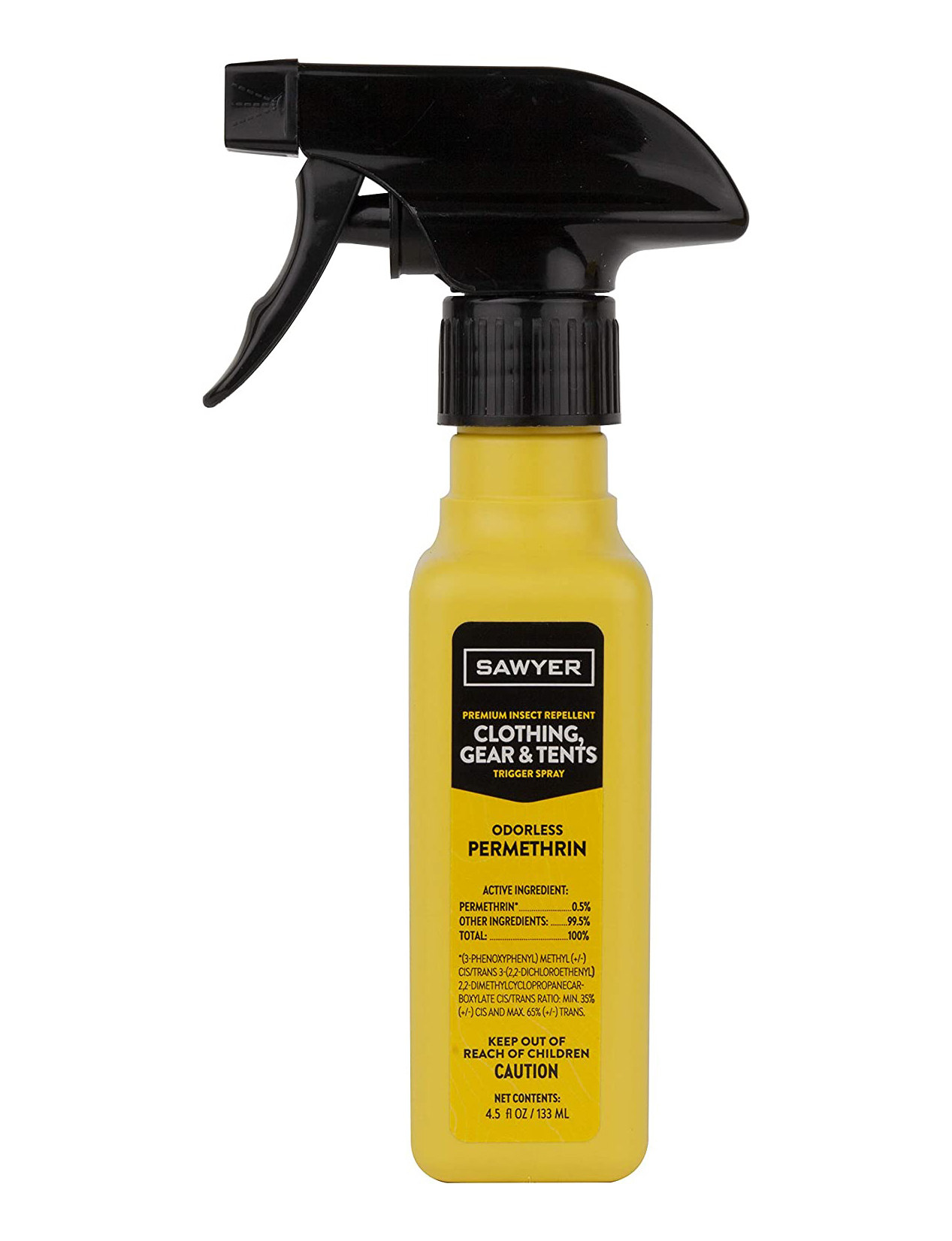
If you would prefer to treat your existing materials rather than send them off to Insect Shield or buy new pretreated items, this permethrin spray can be used on any clothing, gear, and tents that you may be bringing into a tick-infested area. It bonds to fabric fibers for up to six weeks or through six washes — whichever comes first. It won't stain or damage any fabrics or materials, and it’s odorless once it dries. Sawyer says that it reduces the likelihood of a tick bite by over 73% and is effective against more than 55 other types of bugs.
Promising review: “I was in a tick infested area and received not one bite, was highly recommended by my woodcraft group as well.” —Craig Brickel
You can buy a six-pack of Sawyer Premium Insect Repellant from Amazon for around $18.
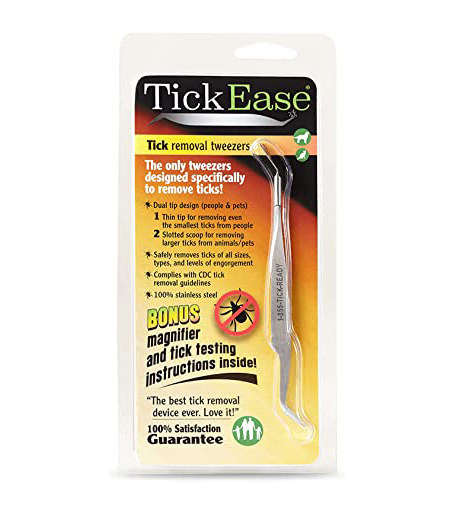
When I asked Mather about the little plastic tools I bought at the pet store to remove ticks from my dog, he told me that they were not the best move, particularly for small ticks. Instead, he suggested this TickEase tool that can be used on both pets and humans. One side is a pointy tweezer for human tick removal, and the other is a narrow slotted scoop to get them off of pets. It’s affordable and multifunctional, so it’s really the best tool to keep on hand in case of tick bites.
Promising review: “Okay, ticks gross me out! Especially the fat deer ticks. My dog hates me pulling them off with regular tweezers. This thing popped them off so easily! She and I were both relieved at how well this worked!” —Joy L.
You can buy the TickEase Dual-Tipped Tick Remover Tool from Amazon for around $10.
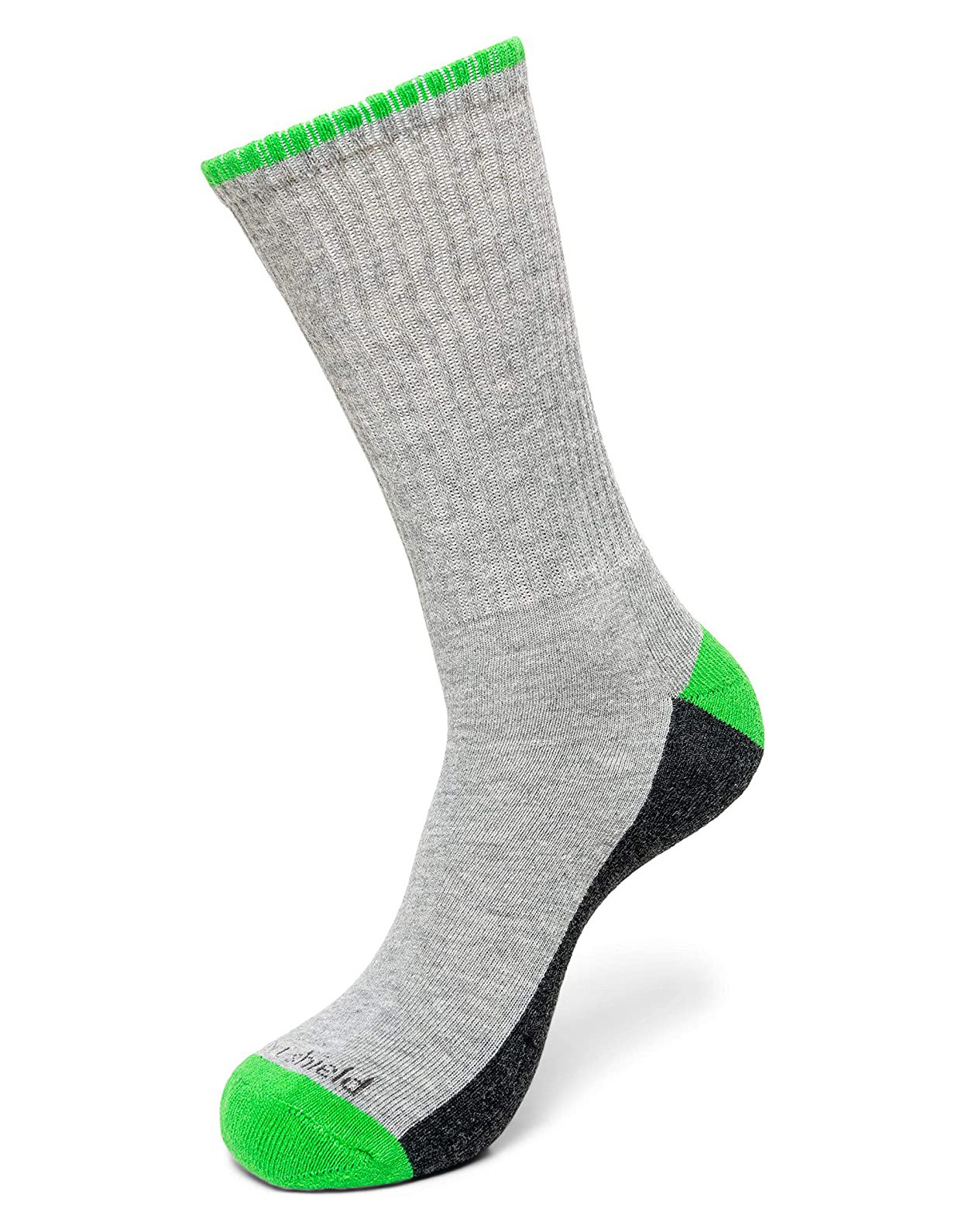
It makes sense that the ankles would be the easiest place for ticks to latch onto humans, and after my mom’s experience hiking in Montauk, my ankles will now be the first place I think to protect. While any high socks are helpful, especially if they enclose the bottoms of your pants, this pair from Insect Shield is also treated with permethrin for an extra preventive measure. They also have built-in cushions for comfort so you can keep them on all day long.
Promising review: “We live near the Lyme of ‘Lyme disease,’ so we are particularly aware of increasing tick borne illnesses. These socks are comfortable and seem to be effective at repelling ticks. My husband particularly appreciates their height up his calves.” —Cathy via Insect Shield
You can buy Insect Shield Sport Crew Sock from Amazon for around $10.
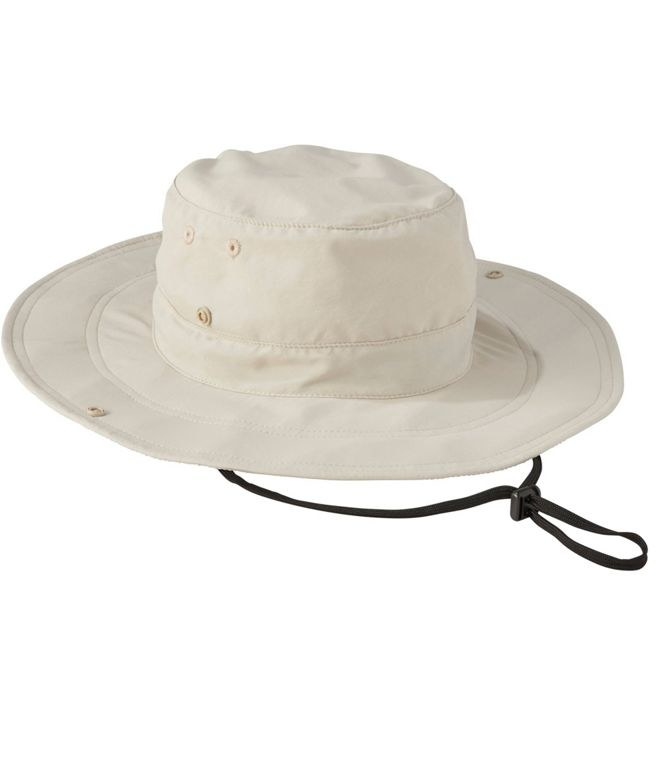
I’m very into the sporty wide brim sun hat right now, and it doesn’t hurt that they also protect you from the sun. This one is also treated with permethrin to keep bugs out of your face along with those UV rays, making it the perfect hat for all of your summer adventures. There’s an interior sweatband to wick away moisture and keep things breathable, with adjustable snaps and a drawstring cord to make sure it’s comfortable and secure.
Promising review: “This hat is awesome. Lightweight, stays on, keeps mosquitoes away, protects from the sun, what more could you ask for? My husband and I each wore one our entire trip to Hawaii and while other tourists lost hats in the constant breeze, we were all set.” —Deb S. via L.L.Bean
You can buy the Adults' No Fly Zone Boonie Hat from L.L.Bean for around $35.
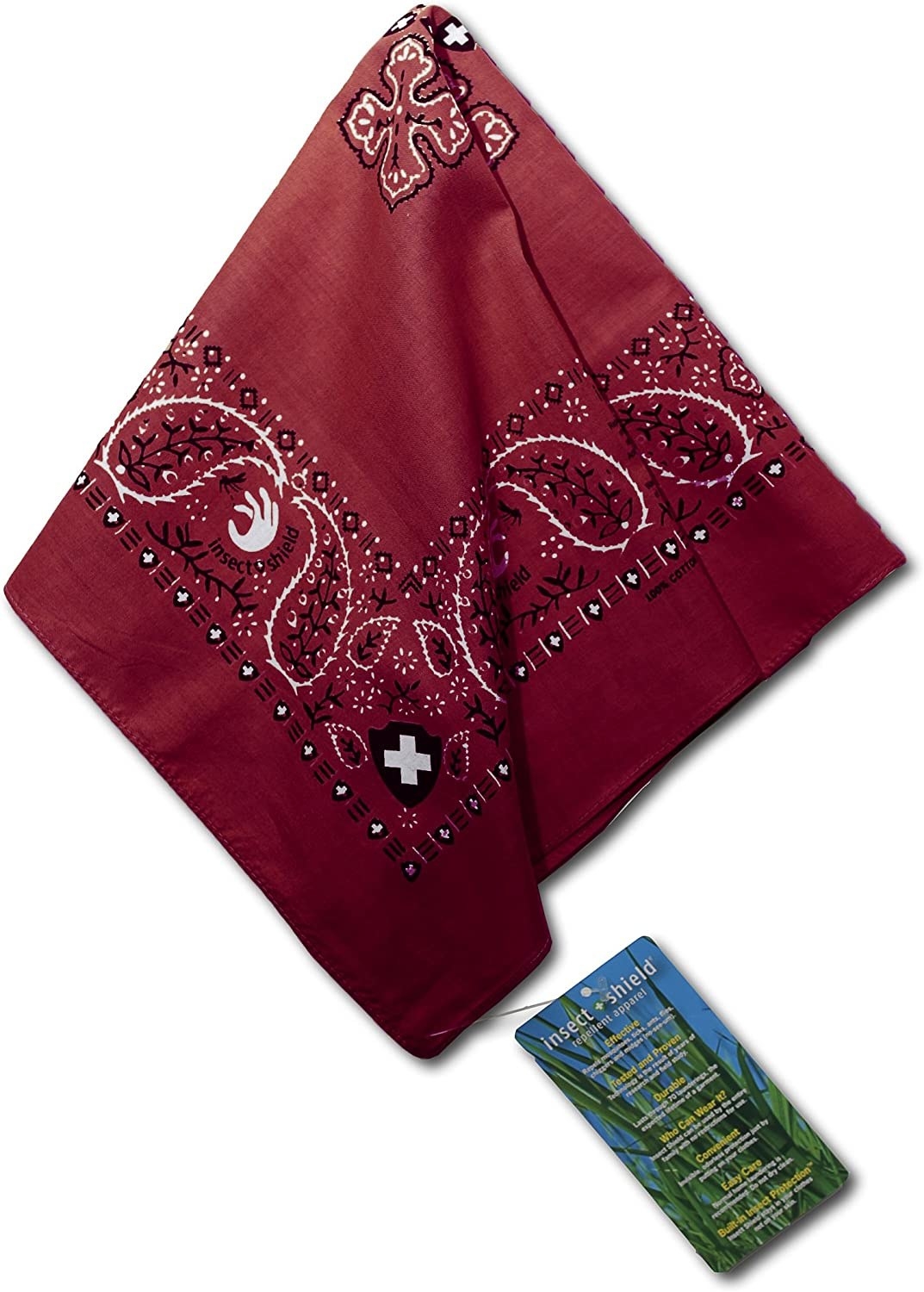
Personally, I’m the most paranoid about a tick finding its way into my hair since that would make it particularly hard to find. I also know that I’m more likely to keep accessories on hand for hiking or camping trips rather than a whole separate wardrobe, so this permethrin-treated bandana felt like a great extra preventive option. I would probably fold it up and tie it around my head like a headband, but you could also wear it around your neck if you’d prefer. It promises to remain effective through 70 washes and comes in five different colors to suit your style.
Promising review: “I hate ticks, especially in my hair. Also seems to keep the flying bugs out of my face. A must have for outdoors women.” —Sue
You can buy the Insect Shield Womens Bandana from Amazon for around $10.
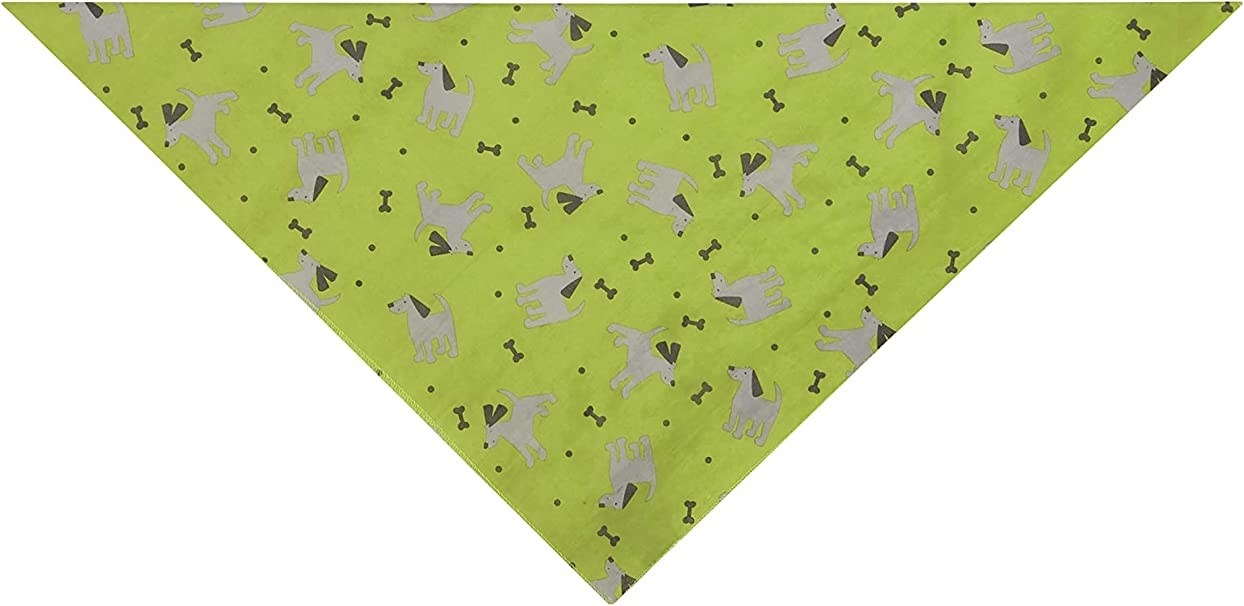
Sure, you could put any old bandana around your dog’s neck, but why do that when you can get them a special dog bandana that also helps keep ticks away? It’s affordable and is treated with permethrin, just like the human version. It’s designed to fit a wide range of breeds but can also be cut down for the little guys. Necks are a common place for ticks to burrow in dogs, so this targeted protection may give you some extra peace of mind.
Promising review: “I don’t use flea or tick medications on my dog. This is his second one of these bandanas and when he wears it on our walks in the woods, he never gets ticks!” —Cristin
You can buy the Insect Shield Repellent Dog Bandana from Amazon for around $6.
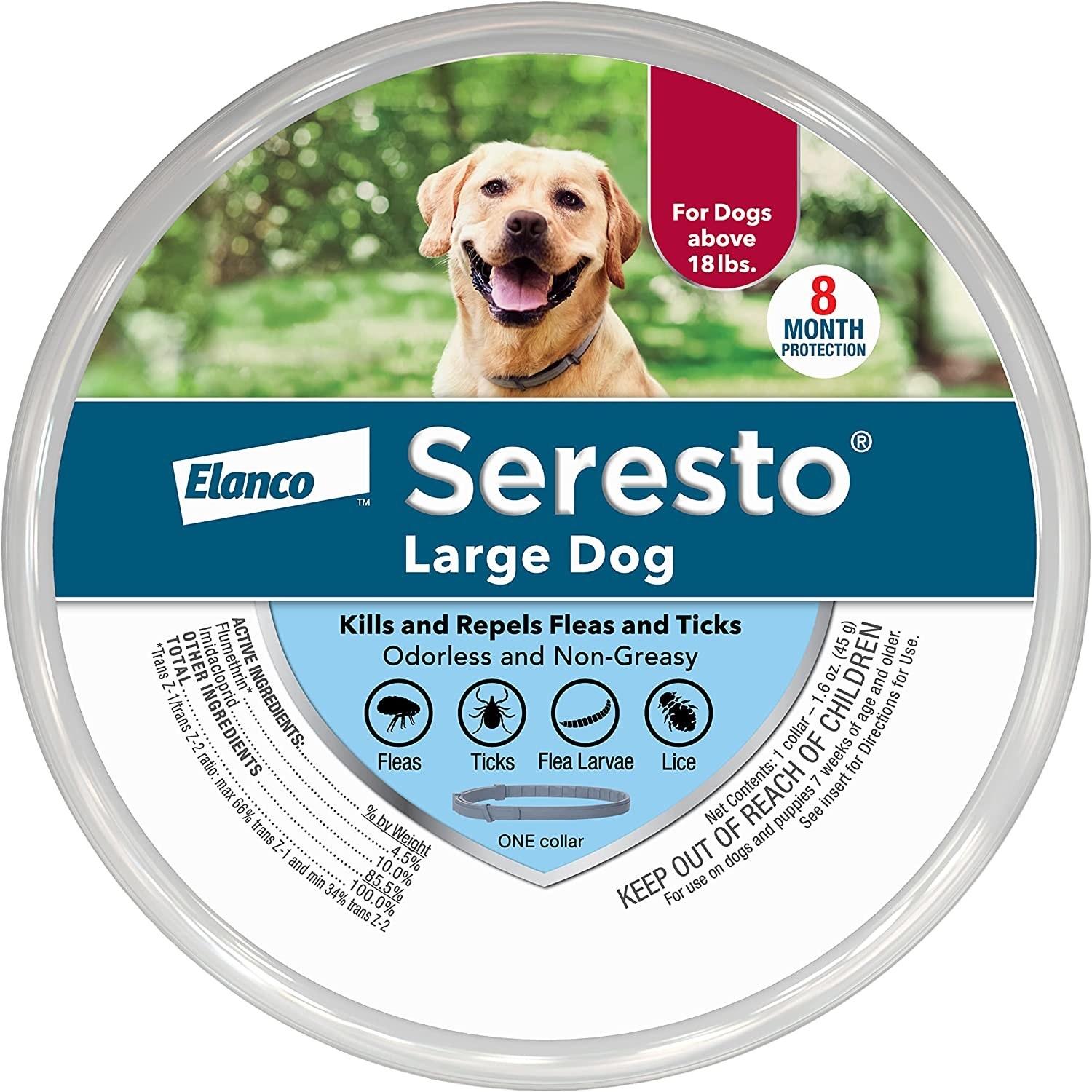
Since Dolly and I spend most of our time in a city where ticks are not a major threat, she did not have a tick collar until we went to Montauk. It was an easy and highly recommended product to help keep her safe, given that it works continuously for eight months. Unlike the chewable options, it’s supposed to work through contact, so the tick does not have to bite for it to be effective. It’ll start to repel and kill fleas and ticks within 24 hours of application. Just make sure you get one that’s appropriate for your pup’s size.
Promising review: “This collar works great. You just put it on your dog and don’t worry about fleas or ticks getting on your dog for 9 months. Doesn’t smell or leave any residue. My dog got fleas from the neighbors and I put this on my dog and the following day all were dead and gone. Also never had a tick after putting it on.” —Vegan Lew
You can buy the Seresto Flea and Tick Collar for Dogs from Amazon for around $47.
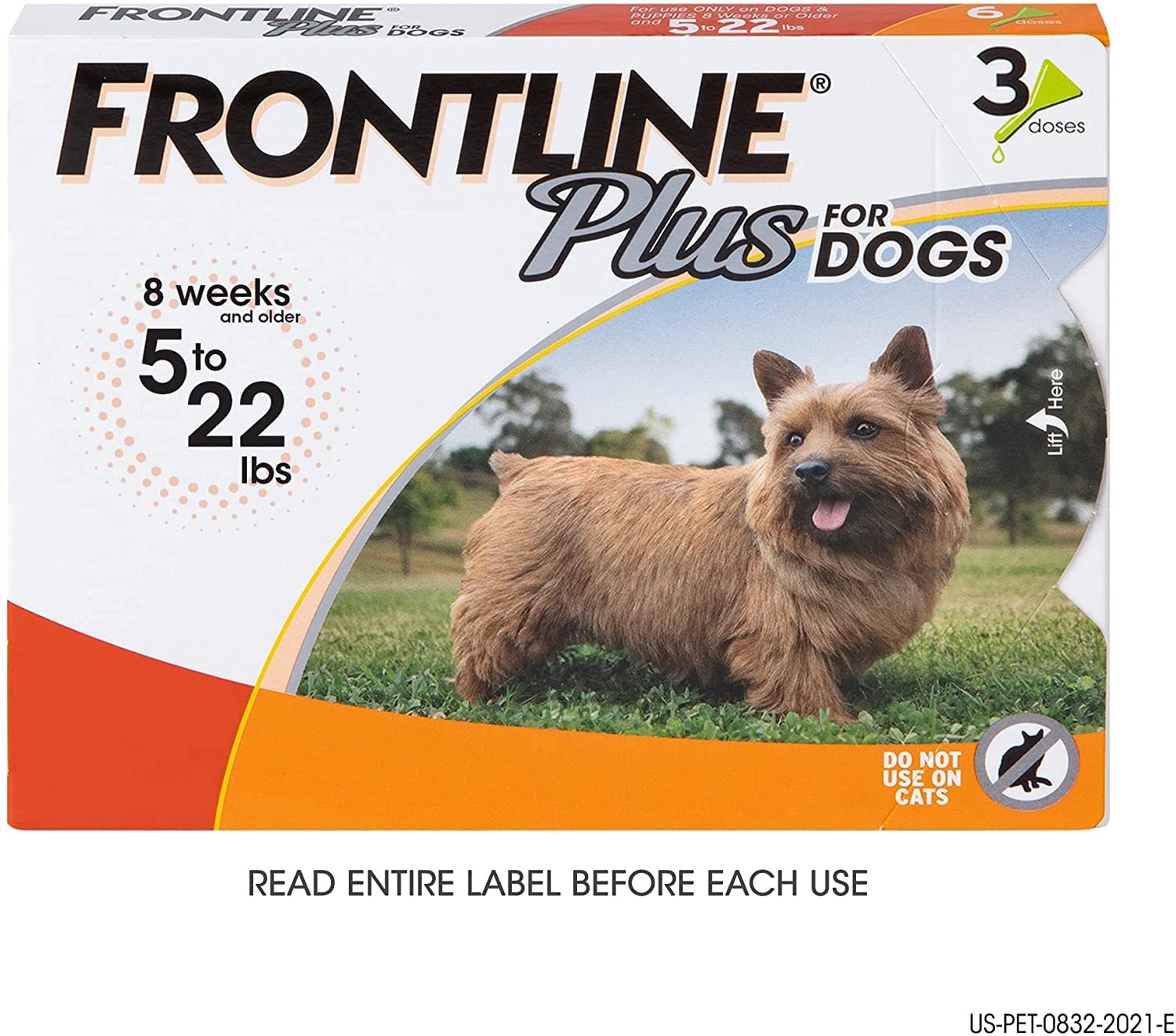
It may be unnecessary to have multiple preventive measures on a dog, but I panicked after finding so many ticks on Dolly that first week and got everything I could find, including this topical Frontline treatment. It’s a little liquid capsule that you apply onto your dog’s skin every month, and it gets stored in their oil glands for nonstop flea and tick protection. I can’t say exactly what helped, but after getting the Seresto collar and using this treatment, we were finding significantly fewer ticks on Dolly, and the ones we did find were usually dead.
Promising review: “I live in a mid-Atlantic state where there is a high tick population. I have used Frontline for years and highly recommend using it to deter ticks and fleas. It’s easy to apply and gives you peace of mind.” —Suke
You can buy a three-pack of Frontline Plus Flea and Tick Treatment for Dogs from Amazon for around $37.
